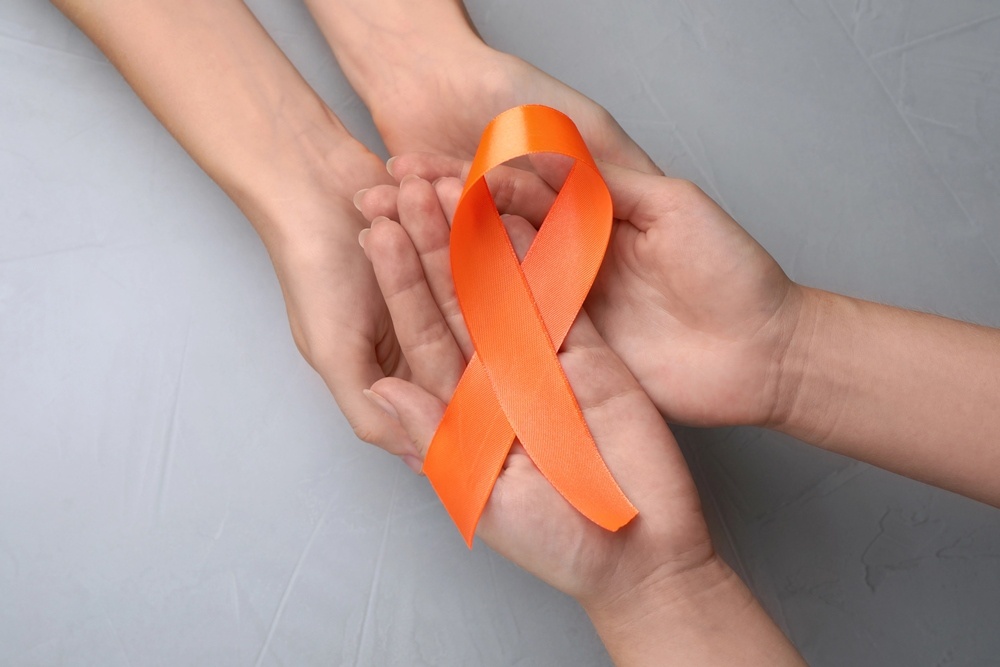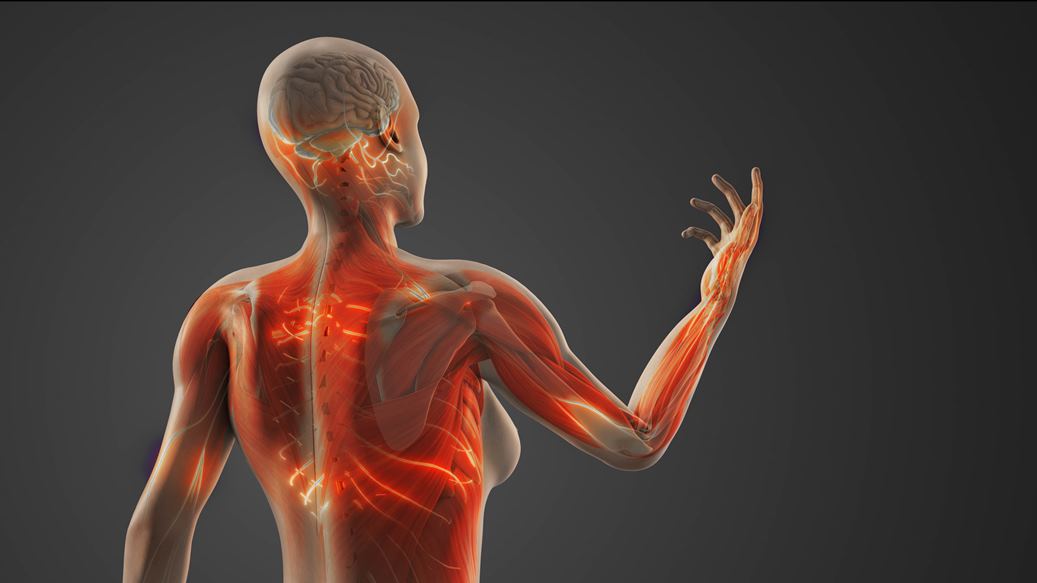Our hands consist of a complex, intricate system of bones, tendons, and muscles, and when we injure any one of these (and there are many), it can lead to complex regional pain syndrome, or CRPS for short.
CRPS occurs when there is an imbalance and dysfunction in the central nervous system that leads to an increase in pain, swelling, stiffness, and, in some severe cases, tremors in the hand.
CRPS most commonly occurs after a patient has suffered a scaphoid bone fracture.
In this post, we look at what CRPS is, its causes and symptoms, and its treatment, as well as treatment for scaphoid fractures.
CRPS definition
A neurological condition that causes severe pain, most commonly found in the hand, CRPS is a chronic condition that typically develops after an injury. The pain experienced is noticeable as it is out of proportion to the pain experienced in the initial injury.
Often caused by an injury to the nervous system from some form of trauma, there are two types of CRPS to be aware of:
Type 1 – reflex sympathetic dystrophy (RSD) – the condition occurs after an injury that hasn’t directly damaged the nerves in the hand.
Type 2 – causalgia, here the symptoms are similar to type 1, but this type occurs when there has been a distinct nerve injury.
What is complex regional pain syndrome?
The exact cause of CRPS is not 100% known, and it is an uncommon condition; however, it is most associated with a fracture in the hand or wrist.
This means that the condition can sometimes go undiagnosed, leading to further problems and complications.
It is also often associated with carpal tunnel syndrome, where there is already compression on the nerve.
CRPS typically affects individuals aged between 25 and 55, although anyone can be affected.
It’s also worth noting that this condition is three times more common in women than in men.
Signs and symptoms of CRPS
One of the most significant signs and symptoms of CRPS is intense pain, caused by the nerves within the hand becoming overactive, which in turn causes a burning or aching pain/sensation.
Most common signs and symptoms to look out for:
- Continuous, extreme pain
- Burning sensation
- Increased sensitivity in the area, sensitive to touch
- The area can feel sweaty or cold
- Nail growth on the affected hand can change
- The skin feels warm to the touch
- The skin looks blotchy, purple, pale, or red
- Skin can look thin or shiny
- There is swelling and stiffness in the joints
- Decreased ability to move the affected body part
- The hand has a slight tremor beginning
- The condition can spread to the opposite limbs.
All patients will experience symptoms differently, and it’s important that if you are experiencing any of these signs or symptoms, you speak with a professional as soon as possible. Early treatment is the best course of action.
Stages of CRPS
Not everyone will experience these stages, and not everyone will work through them in a particular order, but in essence, the stages of CRPS include:
Stage 1 – typically lasts around one to three months, with patients experiencing a burning feeling in the hand, muscle spasms, joint stiffness, and the area feeling hot to the touch.
Stage 2 – lasts around 3 to 6 months, with the pain intensifying, swelling and stiffness becoming more severe, and, at this stage, we may also begin to see muscles in the hand starting to weaken.
Stage 3 – at this stage, there will be a significant loss of muscle tone, fingers can become bent and out of shape, and joints will become stiff, where patients will feel that they are unable to move them.
Note: Sometimes changes to the hand and wrist due to CRPS can be irreversible if the condition is left untreated.
Diagnosis and treatment
Diagnosis of CRPS is based on observation, reporting of signs and symptoms, and a thorough physical examination, which may include x-rays and scans if a more detailed view of the nerves is needed.
Treatment options and finding a CRPS cure vary from patient to patient; care should be tailored to the symptoms and the stage of CRPS.
Treatment can range from:
- Physical therapy
- Nerve blocks to numb the nerves
- Anti-inflammatory pain relief medications
- Steroid medications to help reduce inflammation
- Heat therapy
- Specific exercises
- Acupuncture can help stimulate nerves, muscles, and tissues, increasing blood flow and relieving pain
- Scaphoid fracture surgery
(Note: Scaphoid fracture treatment can include immobilising the wrist with a cast to stabilise the break, surgery to help hold the bone fragments together, or bone grafting.)
Complications can arise if CRPS is left untreated, such as:
- Tissue wasting
- Skin, bone, and muscle may begin to deteriorate and weaken
- Muscle tightening – fingers and hands may contract into a fixed, awkward position.
Complex regional pain syndrome
CRPS can significantly impact everyday activities as the dysfunction in the central and peripheral nervous system causes an overreaction to pain, which your nervous system is unable to switch off.
Typically occurring after a scaphoid bone fracture, surgery, severe sprains, cuts and bruises, poor nerve health, and even immune system issues, if you believe you have and are experiencing symptoms and showing signs of CRPS, speak to a member of our team today.
We aim to decrease the pain you’re experiencing by tailoring treatment solutions to you.
Helping to improve blood flow, increase hand and wrist flexibility, strengthen muscle tone and function, we help to get you back to everyday activities, pain-free, in no time.
Contact us today.


